A biweekly newsletter with public space news, resources, and opportunities.
A curated dispatch on all things public markets plus the latest announcements from the Market Cities Program.
Please note that these Hall of Shame nominations were written in a moment in time (most over a decade ago) and likely have since changed or even been transformed. If the above entry is now great, or still not so great, go ahead and comment below on how it has evolved or nominate it as a great place.

OhioÍs oldest continuously operated public market

Findlay Market is OhioÍs oldest continuously operated public market and one of CincinnatiÍs most cherished institutions. The Market is located just blocks from downtown in Over-the-Rhine, a dense historic neighborhood rich in 19th century architecture. Open Wednesday through Saturday, Findlay Market is home year-around to about two dozen indoor merchants selling meat, fish, poultry, produce, flowers, cheese, deli, and ethnic foods. On Saturdays from March to December the Market also hosts a thriving farmers market, dozens of outdoor vendors, numerous street performers, and lots of special events. Findlay Market is a gathering place for people from all over the city. It routinely attracts perhaps the most socially, economically, racially, and ethnically diverse crowds found anywhere in Cincinnati. They come for the sights and sounds and smells of an old-fashioned public market, for the great variety of fabulous fresh foods, for bargains, for people watching, and for a quintessentially urban shopping experience.
Findlay Market is accessible to the people in the neighborhood who can walk there. Bus service is available within 2 blocks of the market. Ample parking is also available. Produce vendors are set up outside with vendors selling food, clothing, jewelry and crafts. The farmers market juts out on the north side, perpendicular to the main market. Vendors there sell flowers, organic produce, baked goods, soaps and scents.
Newly renovated with vivid colors that accentuate its architectural distinction, the main market building is the focal point. Despite being in a downtown neighborhood, the area feels safe and the market attracts patrons from all over the city, all walks of life. Parking is close by, but out of sight, so that the feel is very much of a street market without traffic in the way. As a lifelong resident, I've been going there since I was a small child and fascinated by the gruesome organ meats in the butchers' cases. There have always been produce vendors surrounding the main building, with other shops, many of ethnic slant, in the surrounding blocks. Over the years, it's expanded to include the street vendors and the farmers market. It has become a place to do your grocery shopping, find some treasures, taste some local specialties and enjoy the social happening, especially on Saturdays.
The market tends to be busier in the summer than the winter, but is open all year round. In addition to the regular shopping, there are street musicians and performers (sometimes impromptu!). There are food demonstrations, festivals.
Findlay Market is a source of great local pride. Cincinnatians are proud of the way everyone mingles. It's a happy, social place with friends meeting and talking over fabulous local specialties, at tables and benches set up for that very thing.
Findlay Market is the only surviving municipal market house of the nine public markets operating in Cincinnati in the 19th and early 20th century. The market house is built on land donated to the City of Cincinnati by the estate of General James Findlay (1770 - 1835) and Jane Irwin Findlay (1769 - 1851). Findlay Market is Ohio's oldest surviving municipal market house. It was designed under the direction of City Civil Engineer Alfred West Gilbert (1816-1900) using a durable but unconventional cast and wrought iron frame, a construction technology that had been little used in the United States. Findlay Market was listed on the National Register of Historic Places in 1972. The structure was among the first markets in the United States to use iron frame construction technology and is one of very few that have survived. Built originally as an open-sided pavilion, the market was erected in 1852 but disputes with contractors and difficulties correcting problems with the new construction methods delayed its opening until 1855. The center masonry tower was added in 1902. Soon after, public health concerns about the market, which was open to the elements and increasing urban pollution, prompted enclosure of the market house and the addition of plumbing and refrigeration. Merchants previously had used cool storage in deep cellars beneath nearby breweries. The market house tower bell, rung at the start of each market day, was brought from Cincinnati's Pearl Street Market when that facility was torn down in 1934. Findlay Market was renovated in 1973-74 as part of the federal Model Cities program. It was renovated again and expanded in 2002 and 2003.
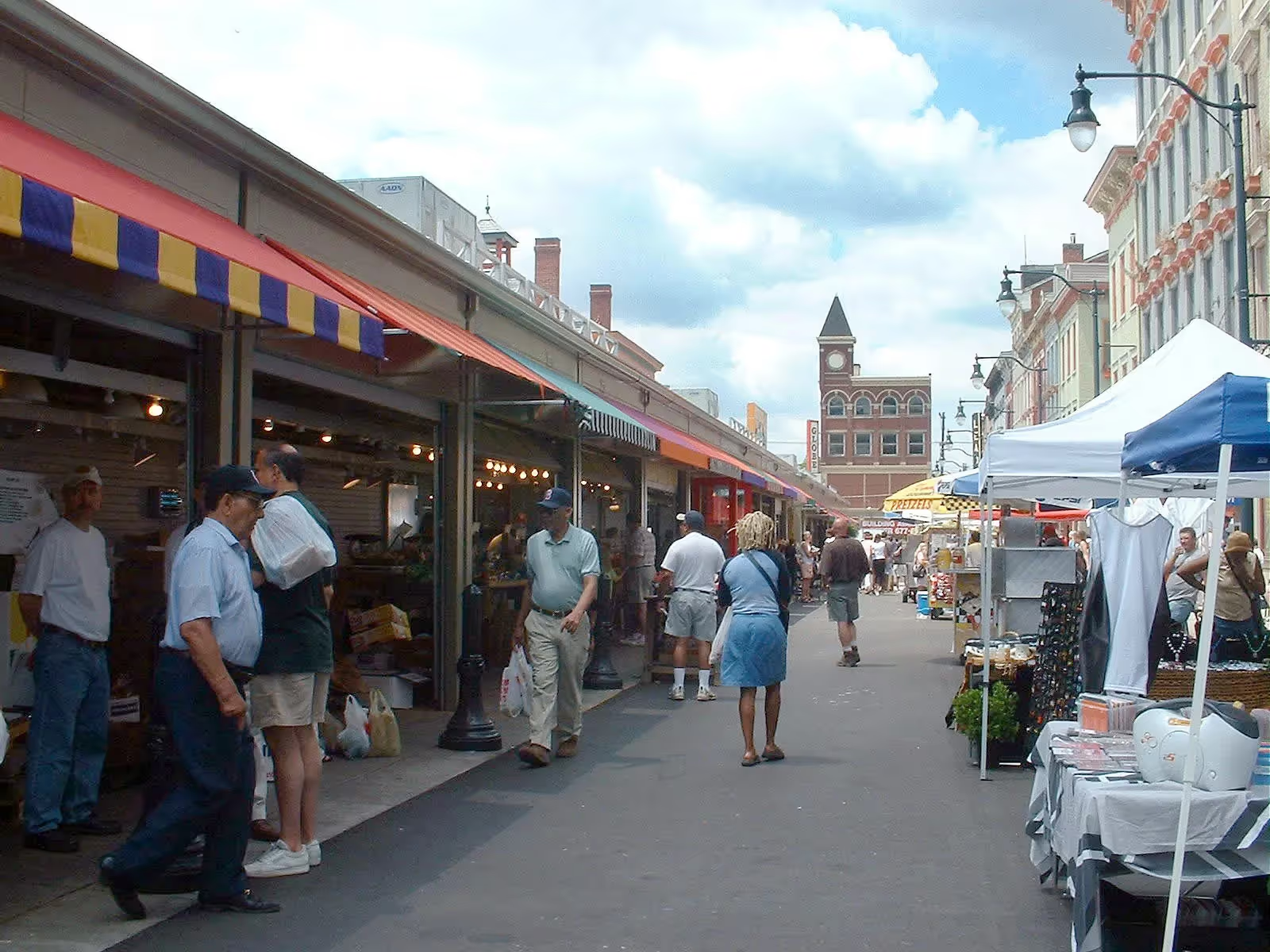
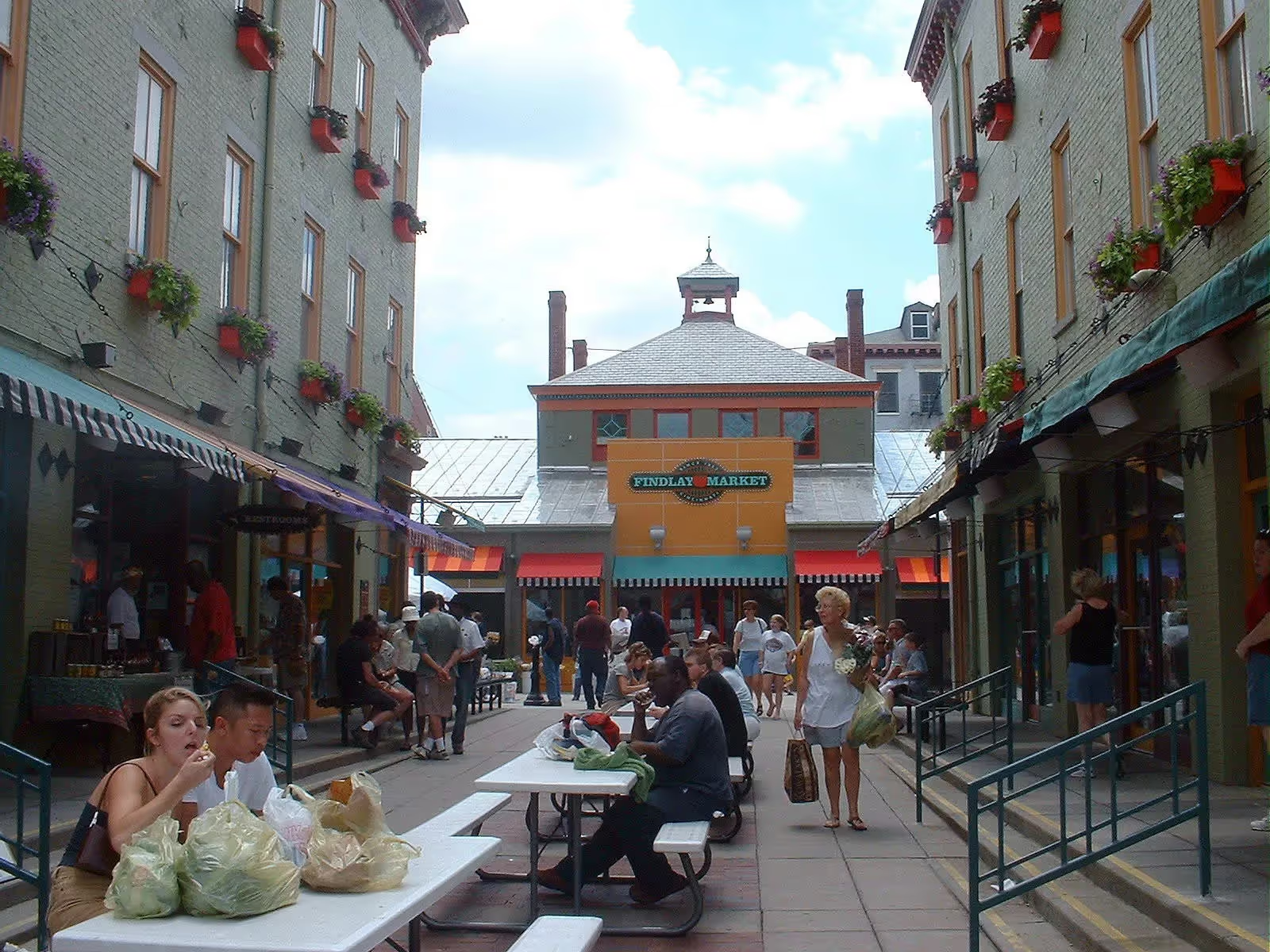

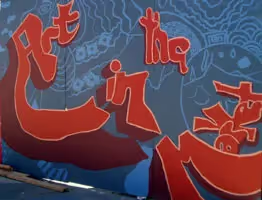

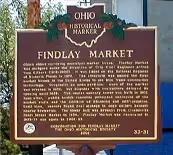

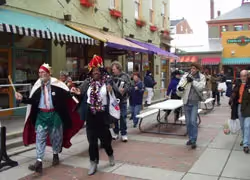
*Please note that these Hall of Shame nominations were written in a moment in time (most over a decade ago) and likely have since changed or even been transformed. If the above entry is now great, or still not so great, go ahead and comment below on how it has evolved or nominate it as a great place.